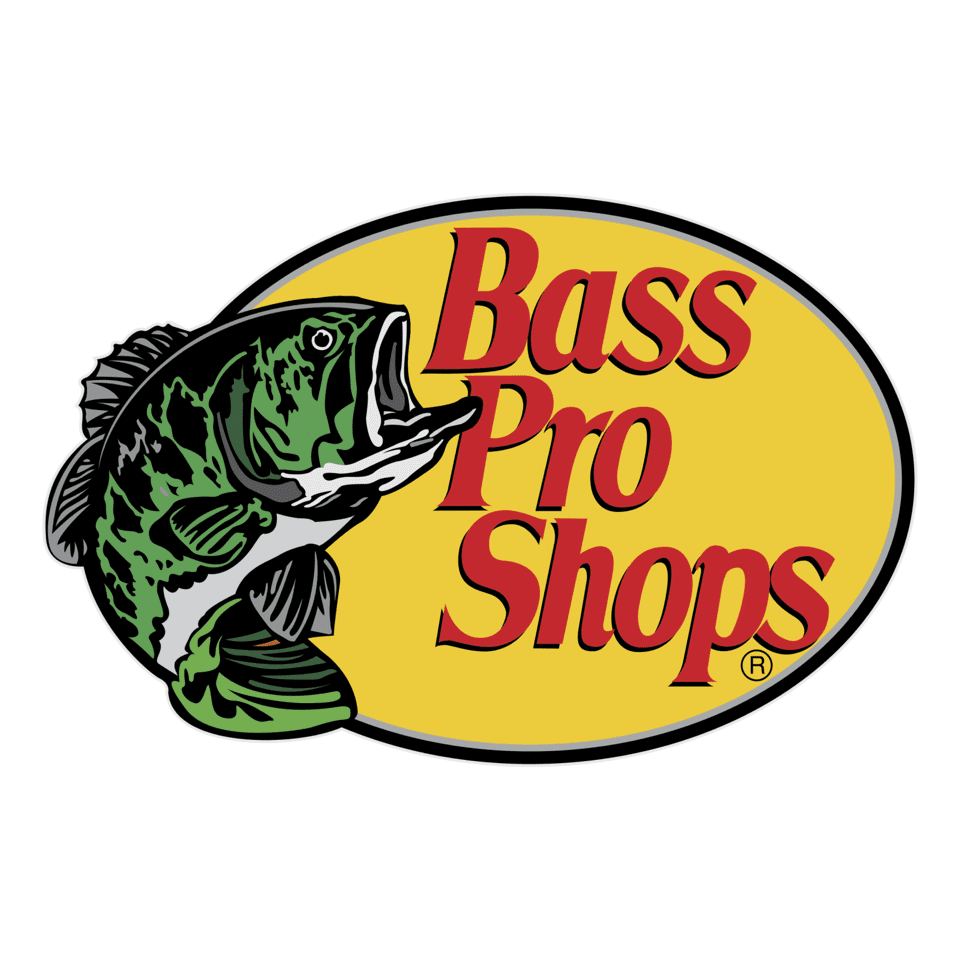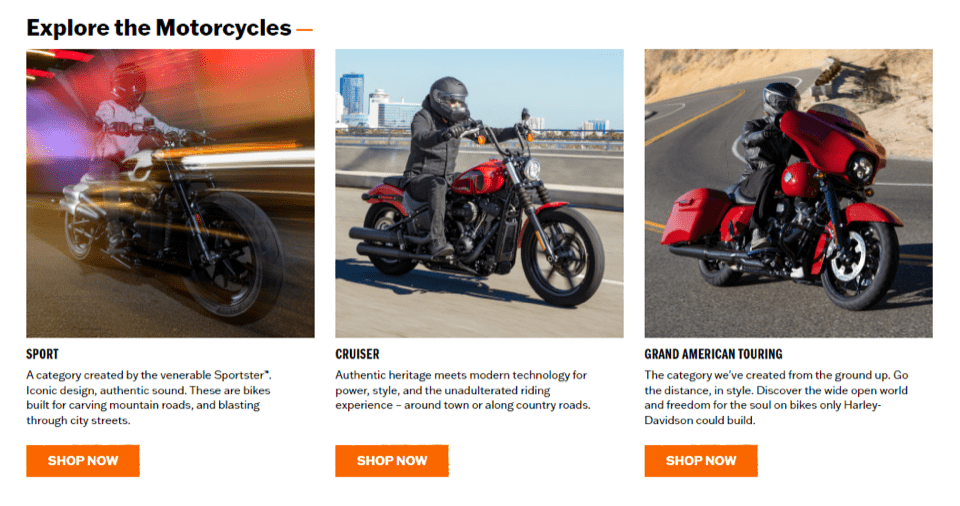First impressions are made within a blink of an eye, and they can significantly impact how a customer perceives your brand. It takes about 0.05 seconds for your audience to form an opinion. Whether a customer is visiting your product page or receiving a marketing email in their inbox, your branding should be consistent. Being instantly recognizable builds brand identity and establishes trust with your audience.
Branding is vital to the long-term success of a business. Every time a person interacts with your business, they’ll develop a perception of it. For example, when people drive by Orange Theory gyms, they likely think about community-oriented fitness classes.
The key to developing a strong brand perception that helps build customer loyalty and generates word of mouth is through brand guidelines. Clearly establishing what you stand for and how you’re different from your competition is the first step to building an unshakable brand.
What are Brand Guidelines?
Brand guidelines outline your business’s identity and how you should be represented. It helps guide your visual identity and how you communicate to your target audience. This includes your values, logo, colors, tone of voice, mission statement, and more.
Why are Brand Guidelines Important?
Whether you have a marketing team in-house or outsource to an agency, brand guidelines are essential to maintain consistency in your visual identity and communication. The brand guidelines should shape all of your marketing channels, from your website design to social media posts and display ads. It also provides structure to the brand’s identity, setting it apart from competitors and giving your brand cohesion and consistency.
Here’s why brand guidelines are important:
- Enforces consistency: Presenting consistent visual components across all marketing channels, using the same logo placement, colors, graphical style, typography, and tone of voice, provides important visual and emotional cues for consumers. Consistency helps make your brand memorable. A business with inconsistent branding will get lost in the shuffle. Brand consistency can boost revenue by 33%.
- Creates quality control: Building a branding guideline helps all creators, including media buyers, copywriters, and web designers, to develop consistent creatives and maintain a high standard of quality.
- Improves comprehension: Branding guidelines force you to be clear on your mission, brand story, and messaging. As a result, a customer can easily comprehend what you do and how it benefits them, which increases the likelihood that they’ll purchase your products or services.
- Build trust: When your brand is consistent, people begin to trust your business because they know what to expect from it. If a brand continuously changes how it looks or communicates, customers will lose trust.
- Enhances recognition: As consumers establish multiple touchpoints with your business, they’ll begin to recognize your logo, colors, and even brand personality. For instance, every time you see a 7 icon with a green border, you immediately recognize the brand 7 Eleven. You also understand that they’re all about convenience, and you inherently trust them because they’re located everywhere.
What to Include in Brand Guidelines
Depending on the nature of your business, brand guidelines should include a few key aspects of your brand’s personality, such as:
- Brand story
- Brand values
- Brand mission
- Target audience
- Visual style
- Tone of Voice
We recommend reviewing the brand guidelines with your employees so they are clear on the brand’s identity and how you’d like your brand to be perceived. If done correctly, this will affect how customers speak about your brand, thus improving word of mouth.
Brand Story
A brand story is an amalgamation of many different aspects of your business, including who you are, what you do, what you care about, and how you help people. It’s a story about why your business exists in the first place and why people should want to interact with your brand.
Your audience should be able to connect with your brand and understand the purpose of your business, its ambitions, its personality, and the values for which it stands. The brand story helps to drive all future decisions you make for your business.
For example, Tesla has masterfully crafted their brand story to put sustainable energy at the forefront of its business. From their About Page, you’ll quickly learn that its mission is to “accelerate the world’s transition to sustainable energy” by making electric vehicles scalable and enjoyable to drive.
As a result, consumers on board with sustainability and futuristic technology are more likely to choose Tesla cars over another brand that may use gas-fueled vehicles.

Ask yourself the following questions to build your business brand story:
- What is your mission, and how do you plan to achieve it?
- Where do you see your company in the future?
- What are your values?
- How would you describe your business?
Are you a vegan business looking to disrupt the industry by offering delicious organic snacks? Or do you own a fitness business that makes working out fun with group classes and gamified leadership boards?
Define the problem you are looking to solve and how you intend to solve it.
Brand Values
Brand values are the moral compass of your company. They define your business beliefs, the culture of your business, and how you get things done. Ask yourself, what values does your brand stand for? Remember, these are the standards a company will hold itself to in pursuit of its mission and vision. 13% of consumers will pay up to 50% more for your products if they believe that your product helps them make a positive impact on the world.
Perhaps you’re a meal prep company that sources local and organic ingredients. Or maybe you sell clothing with a value for sustainability and ethical choices. Thus, you may use sustainable materials in the manufacturing process. For example, GoPuff values convenience along with affordability. That’s why they offer 24/7 delivery, stock over 4,000 products, and deliver them for a low delivery fee.
Target Audience
Typically, small businesses don’t serve everyone. That’s because different people have different likes, interests, and problems. A target audience is characterized by a group of people with similar characteristics with interests that align with your business. By identifying your target audience that relates well to your brand, you can build trust by tailoring your company to meet their needs, which can ultimately lead to more sales.
It’s helpful to perform user research to identify your audience according to the following factors:
- Demographics: gender, income, age
- Geographics: location
- Psychographics: interests, beliefs, attitudes, personality, values, concerns, and behavioral activity
- Firmographics: Industry, company size, location, performance, job title
Knowing your target audience helps in all areas of your business. It helps the marketing team craft more relevant and personalized content. The sales team has a better understanding of who they’re selling to. Also, the product development team can input features into your website design that directly benefit the end-user. One way to better refine your target market is to use conversational marketing and interact with your customers on a more personal level.
Visual Style
Your visual style should be consistent across all marketing channels so that your target audience can easily familiarize themselves with your brand.
Logo
A picture says a thousand words, which means that your logo is a vital component of your small business branding. There are many ways to design your logo. Some businesses use words or letters in their logo, while others use pictures. It’s okay to use a combination of both, so take time to consider which is right for your brand.
For small businesses, consider visually enhancing your business name through a pictorial logo. If you’re a handyman, consider using a hammer in the logo, or use a fish logo if you sell fishing lures.
For example, Bass Pro Shops uses a combination of words and imagery to convey their brand. Due to their distinct branding elements, it’s easy for people to associate “fishing” with bass pro shops.

Colors
Colors have a way of making consumers feel certain emotions and feelings. This allows your audience to form an initial impression without knowing what your product or service is about.
Strategically implementing a signature color can boost brand recognition by 80%. Furthermore, 85% of consumers report that color is a significant motivator when selecting a particular product.
Color psychology is how colors can affect behaviors and perception. Believe it or not, there’s a science behind McDonald’s brand colors. Red is a stimulating color that can increase heart rate and impulse buys. Yellow is a visible color that can be spotted from a distance and is associated with happiness. In contrast, Apple uses the color white since symbolizes purity, which is in line with its vision of building beautifully-designed products.
Select your primary and secondary colors for your brand. The primary color should embody your small business based on color meaning, and the secondary colors help compliment the primary color. Many brands choose secondary colors that are close variants of the primary color, such as using different shades or tints of the primary color. However, contrasting colors can give your visual elements a vibrant pop.
Typography
Typography is the process of arranging text so that the copy is clear, legible, and visually appealing to the reader. It involves the font style, structure, and appearance of the text, which conveys specific messages and elicits certain emotions. It’s more than simply selecting beautiful fonts. Typography helps optimize accessibility and readability and ensures the readers have an excellent user experience.
Like brand colors, you want to choose typography that matches your brand personality. Each font category comes with many variations. You’ll have to learn the meaning of certain fonts to understand better which style best suits your brand.
For example:
- Serif fonts: The serif is characterized by small “feet” at the tops and bottoms of the letters. They are often used by companies looking to portray an elegant and sophisticated brand.
- Sans serif fonts: They are defined by clean, straight lines and emphasize simplicity. Most brands use them to exude a brand with clarity and a forward-thinking approach.
- Slab serif: These fonts are characterized by a bold and solid approach. They can either be angular or rounded. Brands that want to exude a sense of confidence, creativity, and dependability may choose slab serif fonts.
- Script fonts: Script fonts are usually defined by flourishes and curls. Companies that want to evoke ideas of creativity, freedom, elegance, and femininity tend to choose script fronts.
- Decorative fonts: Decorative or display are very large and playful-style letterings ideal for logos. They convey originality and elicit a sense of fun, casual, and creative thought.
Tone or Voice
The brand’s tone or voice is how you communicate to your target audience. It’s a reflection of your company’s personality. Most consumers relate to a brand the way they would with people. The more they resonate with a brand’s personality, the more likely they will trust your brand.
There are a few aspects to crafting a brand’s personality, including:
- Brand tone: Does the messaging sound informative, casual, creative, or bold? Think about your brand story. Should your customers perceive you as a professional brand or a best friend who injects humor into their conversation?
- Descriptive words: How would you describe your products? Are your products convenient or cutting-edge?
- Any other communicators like sentence lengths or an overarching message — anything that helps your messaging stand out among competitors
For example, Harley Davidson infuses a lot of bold descriptive words. They often like to describe the feeling of riding their bikes and invoke the pursuit of adventure and freedom. Without their unique tone of voice, the brand would be less engaging.

Integrating Brand Guidelines Into Your Marketing Strategy
Now that you’ve defined your brand, you’ll need to compile everything into a single document. Your brand guideline document will become the holy grail by which all marketing should be measured. All brands that have stood the test of time have developed strong brand guidelines.
The key to integrating the brand guidelines into your marketing strategy is to:
- Have all team members refer to the guidelines regularly.
- Provide copies to relevant third parties such as an outsourced digital agency or PR firm
- Refer to the brand guidelines when making important business decisions. Getting clear on what your brand stands for and what you are striving to become should help guide you in all future decisions.
At BESTWEB, we’re passionate about equipping business to develop effective brand guidelines and everything else you need to build a strong business website. Follow our blog to learn how you can improve your website and your business.

